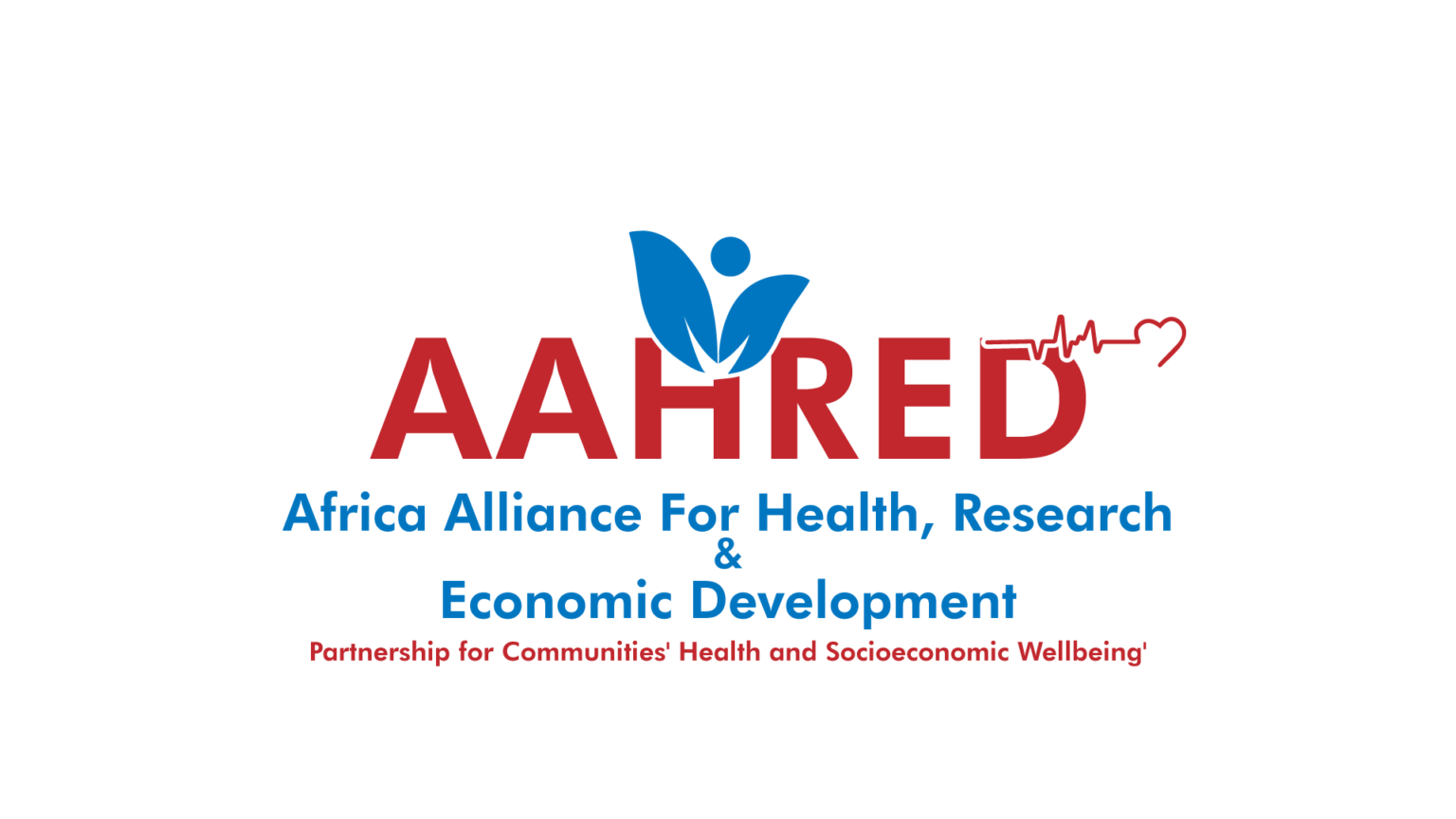
Wellbeing Of Communities
Our work on children is to improve the nutritional health of children under the age of five, thereby reducing mortality, anemia, micronutrient deficiency, low birth weight, and obesity. Stunting, wasting, anemia, obesity, underweight, and newborn mortality in children and adolescents.
To increase orphans’ and vulnerable children’s self-sufficiency and sustainability, advocate for more family and community-based child care options and better educational facilities, mentoring, and life skill building for young , vulnerable and children’s social groups, mainly in children’s homes and OVC initiatives.
Our advocacy is towards implementing international and national standards for all aspects of child care, policy and guidelines governing adherence in care facilities and homes. We train for professional management of residential facilities of care giving.
We also advocate for online safety, especially for children and young adults, while endorsing greater internet use for education, health, and empowerment.
Child abuse is quite common in Africa. It is happening at home, at school, or – in the case of child laborers – in the workplace. In addition, children who live in child care institutions are often victims of abuse. With this program we focus on the forms of child abuse that have the most serious consequences: sexual abuse and violence. This includes child abuse based on traditional and cultural grounds, such as child marriage and Female Genital Mutilation (FGM)
Poverty is a major cause of child abuse and violence against children in Africa, besides restrictive gender roles and the lack of educational opportunities. The prevailing discrimination against girls and women in the region and cultural traditions also play an important role. This leads to girls specifically being subjected to FGM and child marriage, where very young girls are forced to marry much older men. In many countries in East Africa perpetrators rarely face repercussions. This is due to gaps in legislature, as well as the lack of technical and staff capacity within governments, coupled with limited budgets to enact existing legislation.
1) Remove children from situations of abuse and violence. And help them with temporary shelter, medical and psychosocial care and legal assistance.
2) Strengthening the formal and informal child protection systems within communities.
3) Advocating governments for the application and observance of child-friendly procedures. Together with the authorities we develop better systems for identifying and treating victims.
4) Teaming up with for example companies, so that they can fight sexual violence and abuse.
5) Training of police and judiciary to help them improving the application of applicable laws. We also train them in child friendly procedures when dealing with victims, for example during interrogations.
6) Preventing the unnecessary institutionalization of children in child care institutions. We promote the provision of alternative care approved by state.